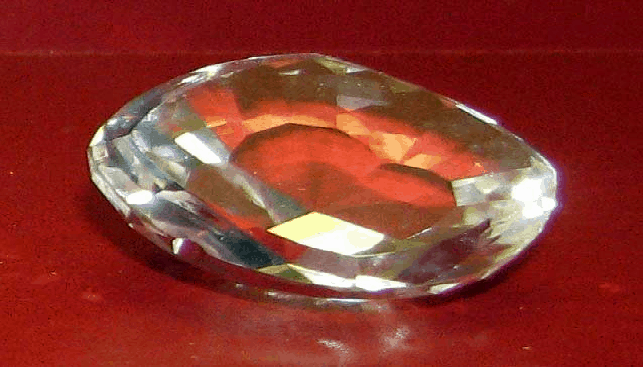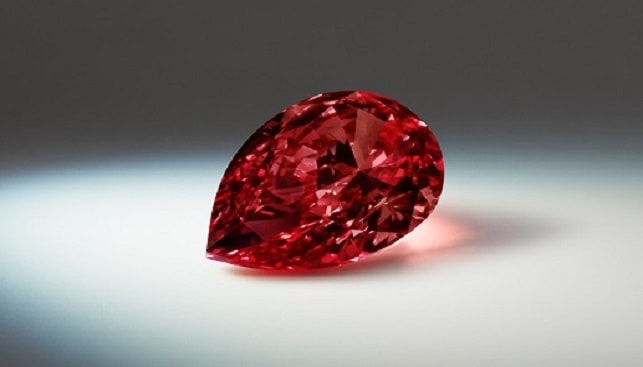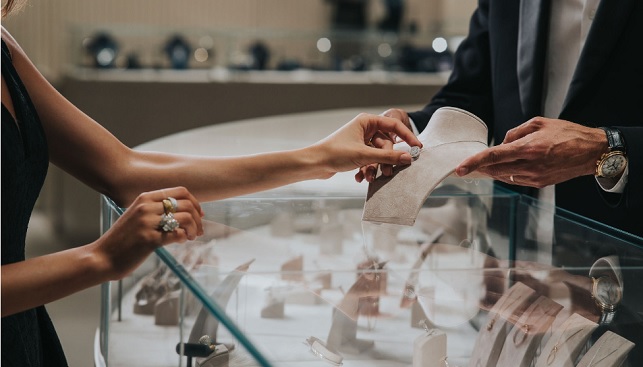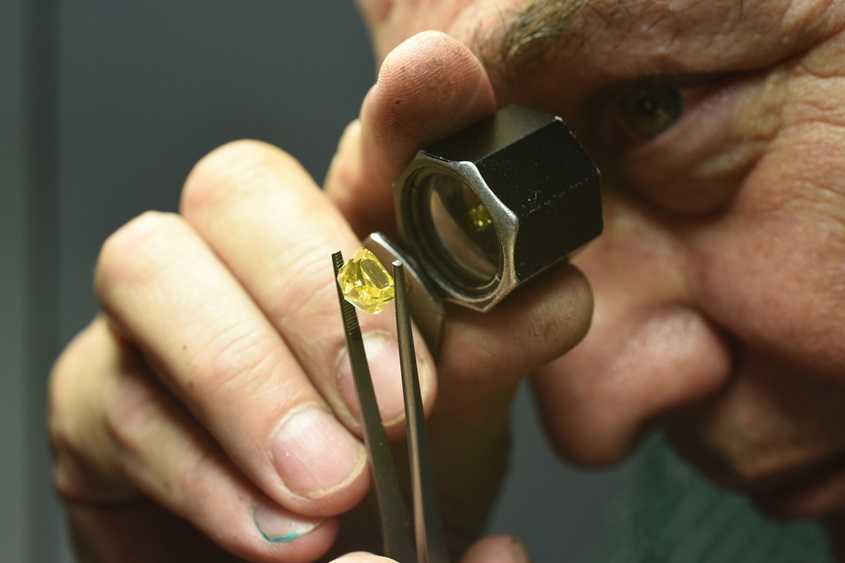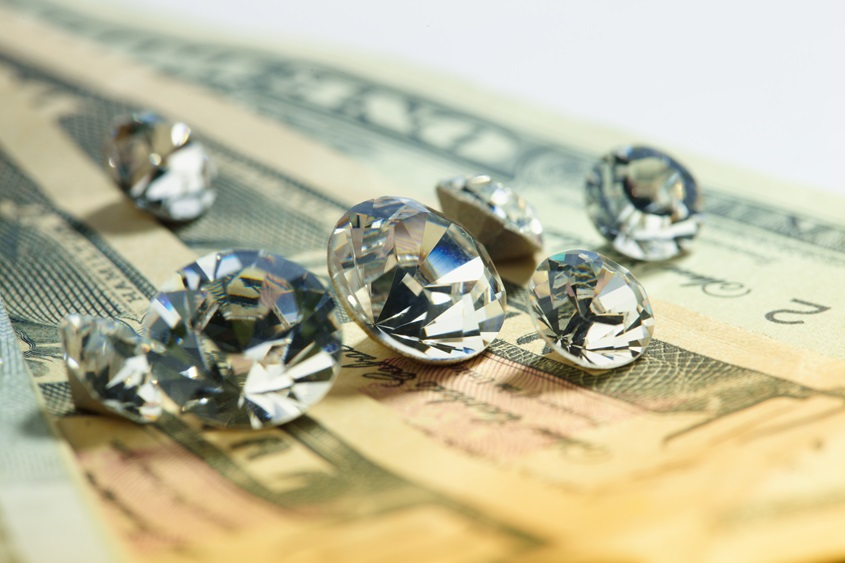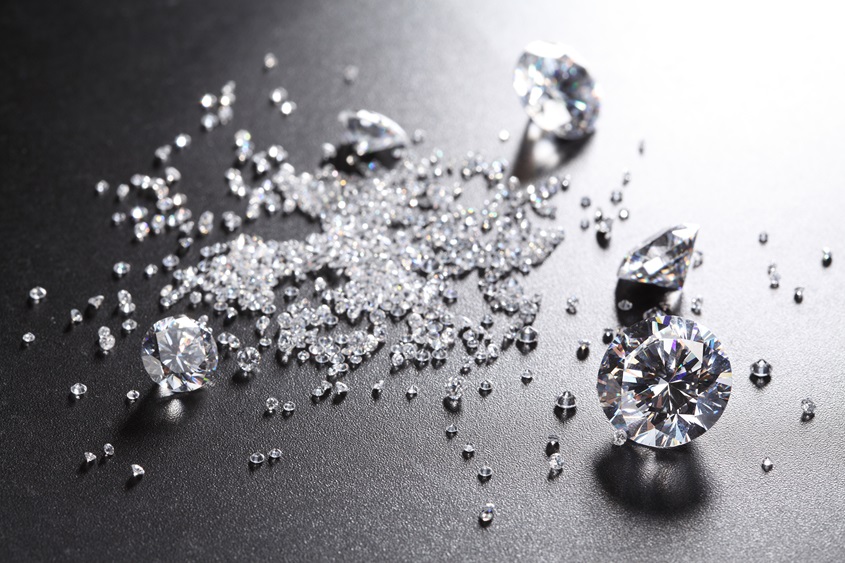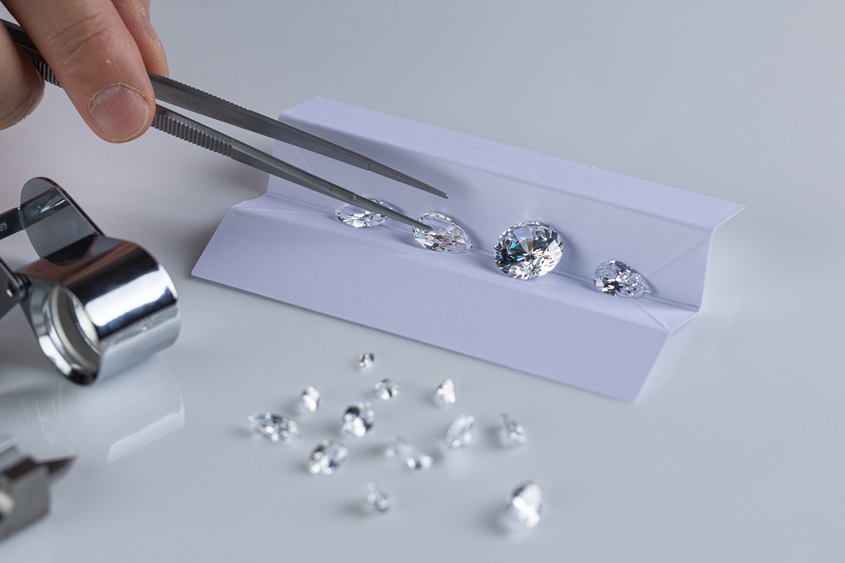The Koh-i-Noor is one of the oldest diamonds on earth with a documented history, and many books have been written about its fascinating and bloody history.
Currently part of the British Crown Jewels, the Koh-i-Noor originally weighed 186 carats when it was presented to Queen Victoria. After recutting (to remove inclusions and enhance the diamond’s brilliance) cut down 43% of its weight, the diamond is now a modified oval-cut brilliant with a weight of 108.93 carats and 33 crown facets, including the table, and 23 pavilion facets. The diamond’s color grade is D and its clarity is considered exceptional.
The exact date of the diamond’s discovery is unknown, although one legend holds that the Koh-i-Noor was found in a riverbed as long ago as 3,200 BCE. In the mythological version of the stone’s history, the Lord Krishna obtained it from Jambavantha, whose daughter Krishna married – only to have the diamond taken from him in his sleep.
Legend aside, the Koh-i-Noor’s history dates back too far for it to have been mined in India’s Golconda mines. Most likely, the diamond was recovered in the Sambalpur mines on the banks of the Mahandi River – the source of most diamonds known to ancient Indians and which Ptolemy, writing in 60-90 AD, identified as the “diamond river.”
The recorded history of the Koh-i-Noor (although it would not acquire that name for some centuries) begins in the latter half of the 13th century, when it was obtained by the Delhi Sultinate. There are a number of stories about how the diamond came into the possession of the Delhi rulers, but they kept it for some 200 years, until the first Mogul emperor, Babur, took possession of it in 1526.
In the 16th century, Babur’s descendant Haumyun went into exile in Persia, taking the Koh-i-Noor with him and eventually giving it to the Shah as a gift. The next century and a half of the diamond’s history are somewhat murky, but it made its way back into the possession of the Mogul dynasty, whose Shah Jahaan had the diamond set into his famed Peacock Throne.

In 1739, the Persian Nadir Shah invaded Delhi and Agra and took the Peacock Throne and the rest of the Mogul crown jewels, which included not only the Koh-i-Noor but also the Darya-I-Noor and Nur-ul-Ain diamonds. When Nadir Shah saw the diamond in the throne, he reportedly exclaimed “Koh-i-Noor!” (Mountain of Fire), giving the stone the name by which it is known today.
When Nadir Shah was assassinated in 1747, the commander of his 4,000-strong bodyguard took the diamond back to his native Afghanistan and ruled as Ahmad Shah. When Ahmad’s grandson Zaman was imprisoned by his brother at the start of the 18th century with the Koh-i-Noor on his person, he plastered it into the walls of his prison cell. Another of Zaman’s brothers dug it out, and the diamond made its way back to India when two of Ahmad’s grandsons sought refuge there with the Lion of Punjab and were forced to give the Koh-i-Noor back.
In 1849, the British claimed Punjab as part of the British Empire in India. The Treaty of Lahore specifically mentions the diamond: “The gem called the Koh-i-Noor which was taken from Sha Shuja-ul-Mulk by Maharajah Ranjit Singh, shall be surrendered by the Maharajah of Lahore to the Queen of England.”
The Koh-i-Noor, after nearly being lost in the chain of custody, was safely delivered to Queen Victoria on July 3, 1850. In 1851 the diamond was displayed at the Great Exhibition.
The next year, following Prince Albert’s inquiries into whether the stone could be recut to enhance its brilliance, two Amsterdam experts arrived at Garrard’s (the royal jewelers) to begin the job. The process of recutting the Koh-i-Noor took a total of 38 days.
In 1853, Queen Victoria instructed Garrards to make her a tiara containing the diamond, and the Koh-i-Noor accordingly became the central diamond in a tiara containing over 2,000 diamonds. Five years later, Victoria ordered the Koh-i-Noor reset in a new regal circlet. In 1911 Garrards set the Koh-i-Noor in a new crown for Queen Mary, and in 1937 the diamond was again reset in a crown for George VI’s consort, Queen Elizabeth.
The diamond remains part of the British crown jewels and the British government has rebuffed a number of requests from India that the UK return the diamond.

